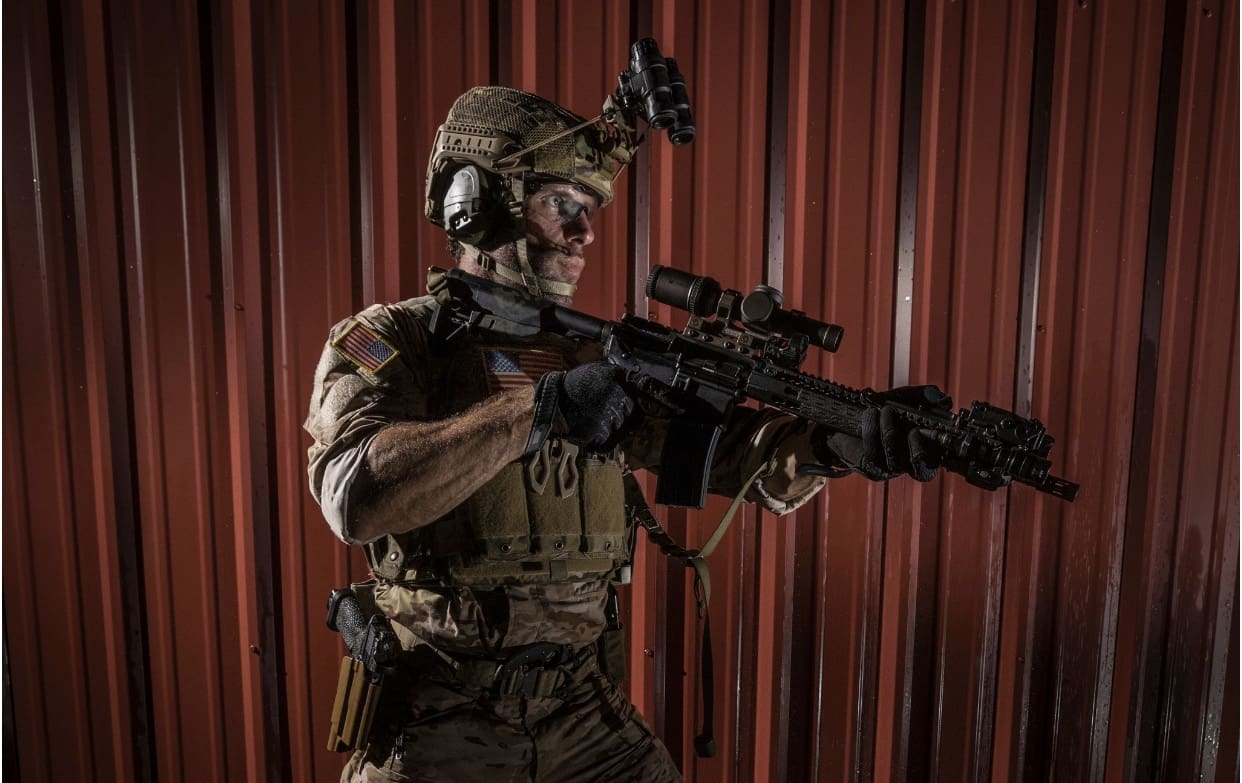
The terms training and practice are often interchanged, but in SureFire Field Notes 43, Northern Red’s Zack Harrison explains that training and practice are two distinctly different actions when it comes to being proficient in firearms and CQB tactics. “An example of that would be [when] you learn a new skill, such as ballistic breaching, and you’re unfamiliar with it,” Harrison explains. “So, you go to the training piece where you are seeking instruction on the weapon system and how to use it. When you’re seeking new information or to get better at a skill from an instructor, that’s training.”
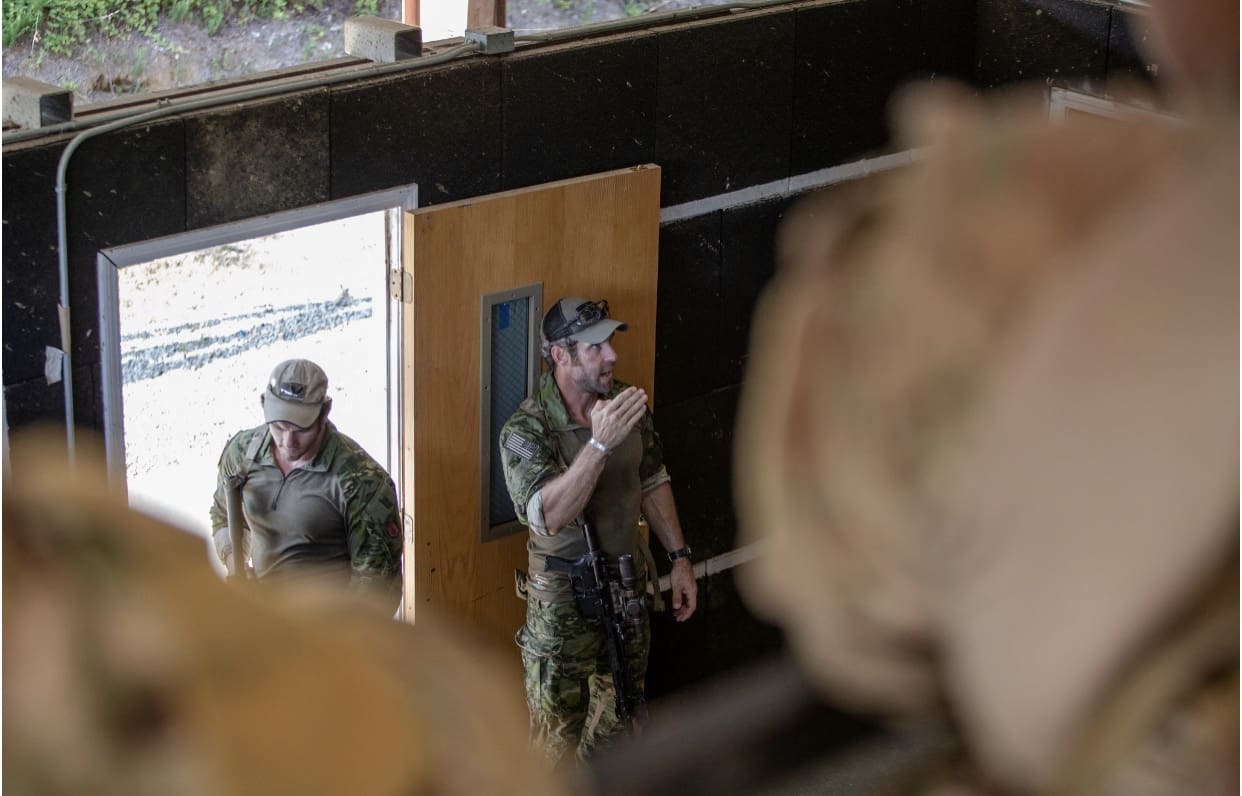
Practice is when you take the newly acquired knowledge/skillsets and rehearse them on your own time to ingrain them flawlessly into your subconscious. “The practice piece is something we need to start investing time in as an individual,” Harrison says, adding that he likes to use the saying, “Practice makes permanent.” You’ll note that’s a deviation from the more recognizable “Practice makes perfect” idiom, and there’s a reason for it. Practicing new concepts can improve proficiency, but Harrison’s caveat points to the fact that you need to be properly trained before you practice it. “If you practice something the wrong way over, and over, and over again, you’re just going to get very efficient at doing it incorrectly,” Harrison says. “So, you need to take a good look at, ‘Hey, am I maximizing my time? Is what I’m doing leading me in the right direction? If not, you need to self-correct.”
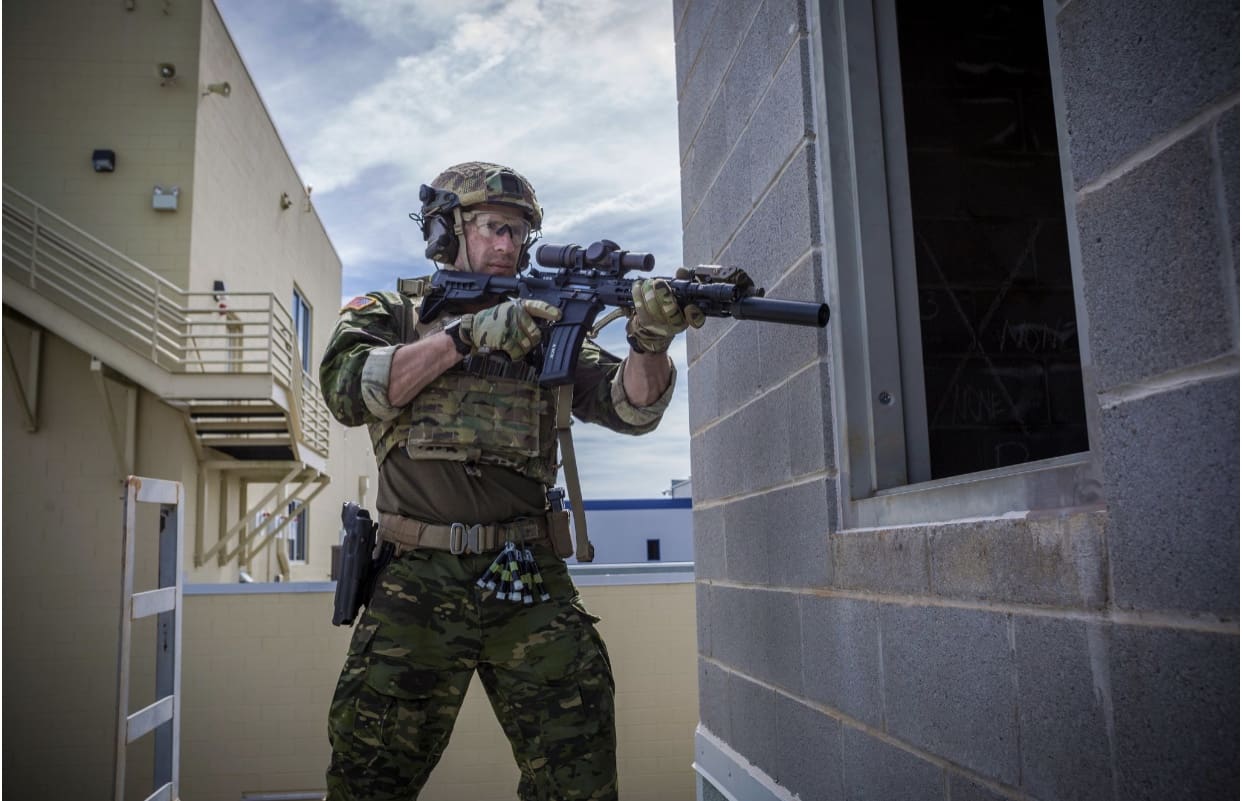
The definition of training is, “the action of teaching a person or animal a particular skill or type of behavior.” Training involves learning of new skills, techniques, or concepts. Qualified instructors like those from Northern Red can provide everything from valuable techniques, tactics, and procedures, based on real-world experience, to training regimen recommendations for an intended mission set. Sadly, training is too often mistaken for practice with many students, including military and law enforcement professionals. The mistake is misinterpreting the occasional training they attend for practice when they need to take the knowledge from the training home and put time into practicing that.
Harrison’s philosophy is that practicing gets the body and the mind in sync so that your movements and actions become second nature. And once you’ve achieved that, you need to keep practicing to maintain the skillset. “The bottom line is that [with] skills you’re not particularly familiar with, as soon as you acquire them and you walk away from them, the moment you walk away from them they are starting to die,” Harrison said. “You need to constantly feed them. Pistol shooting is a perfect example. You should be picking that pistol up every single day, even if it is for 30 seconds to a minute. Be consistent with your training and your practice, do it the right way, and you’ll see the improvements.” This is especially important in the world of gunfighting, be it for SOF, LE, or average Americans who intend to defend themselves with a CCW. The more you practice to ingrain specific skillsets into your subconscious, the freer your mind will be to process the hyper-complicated scenarios that will likely unfold at the worst time possible.
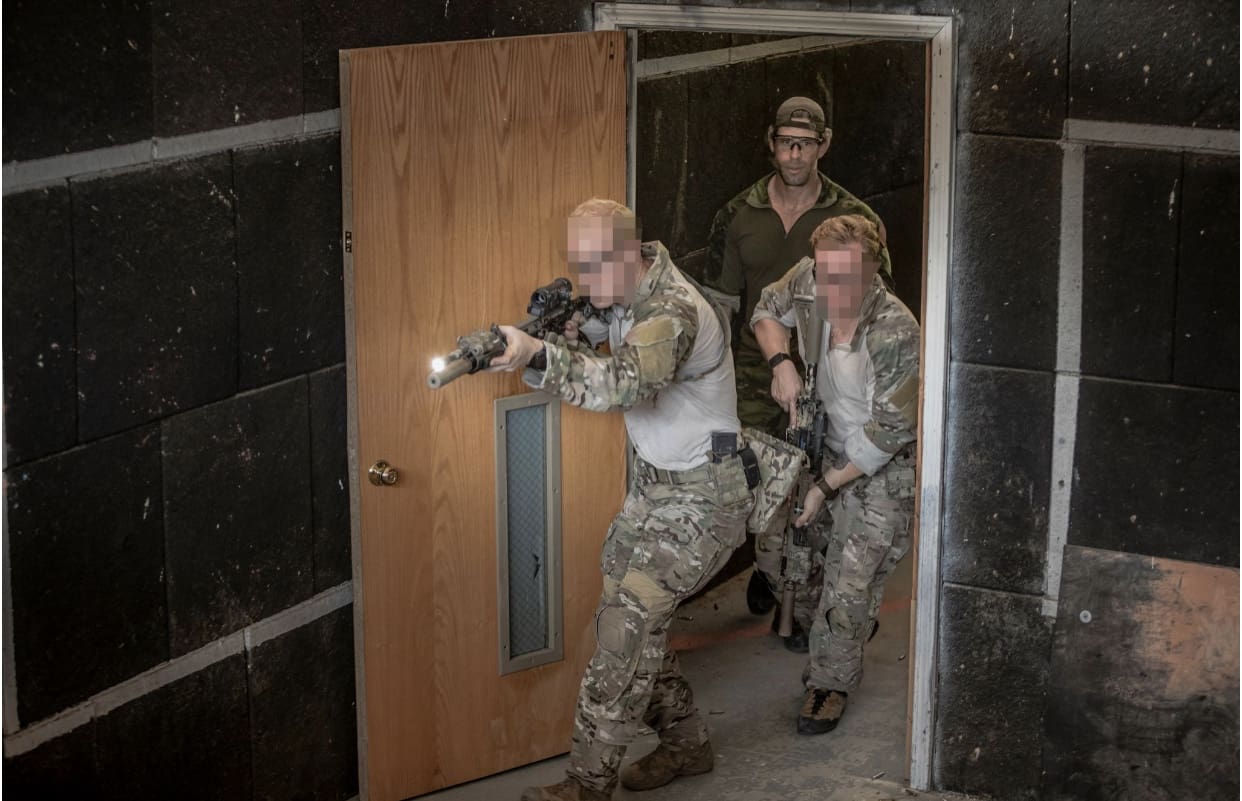
In class, Harrison made the comparison to driving. Early in our driving careers, we often have a white knuckle grip on the wheel and are extremely focused on every detail. Minor distractions often result in a major disturbance or negative effect on the way you’re driving. Eventually, as you get more practice and seat time, you find yourself driving home via multiple freeway interchanges, changing lanes, adjusting the radio, adjusting the climate control, making phone calls, all the while constantly braking, accelerating, and avoiding collisions, through skills that are by now virtually automatic. That is the level of proficiency you should aim to achieve with whatever level of gunfighting you are pursuing, whether it is concealed carry draws and accuracy or CQB. Once that level of proficiency is available, your subconscious will handle the minutia of necessary actions leaving your mind free for high-level problem-solving. Training is not practice, and practice is not training. Neither one should be confused for the other.
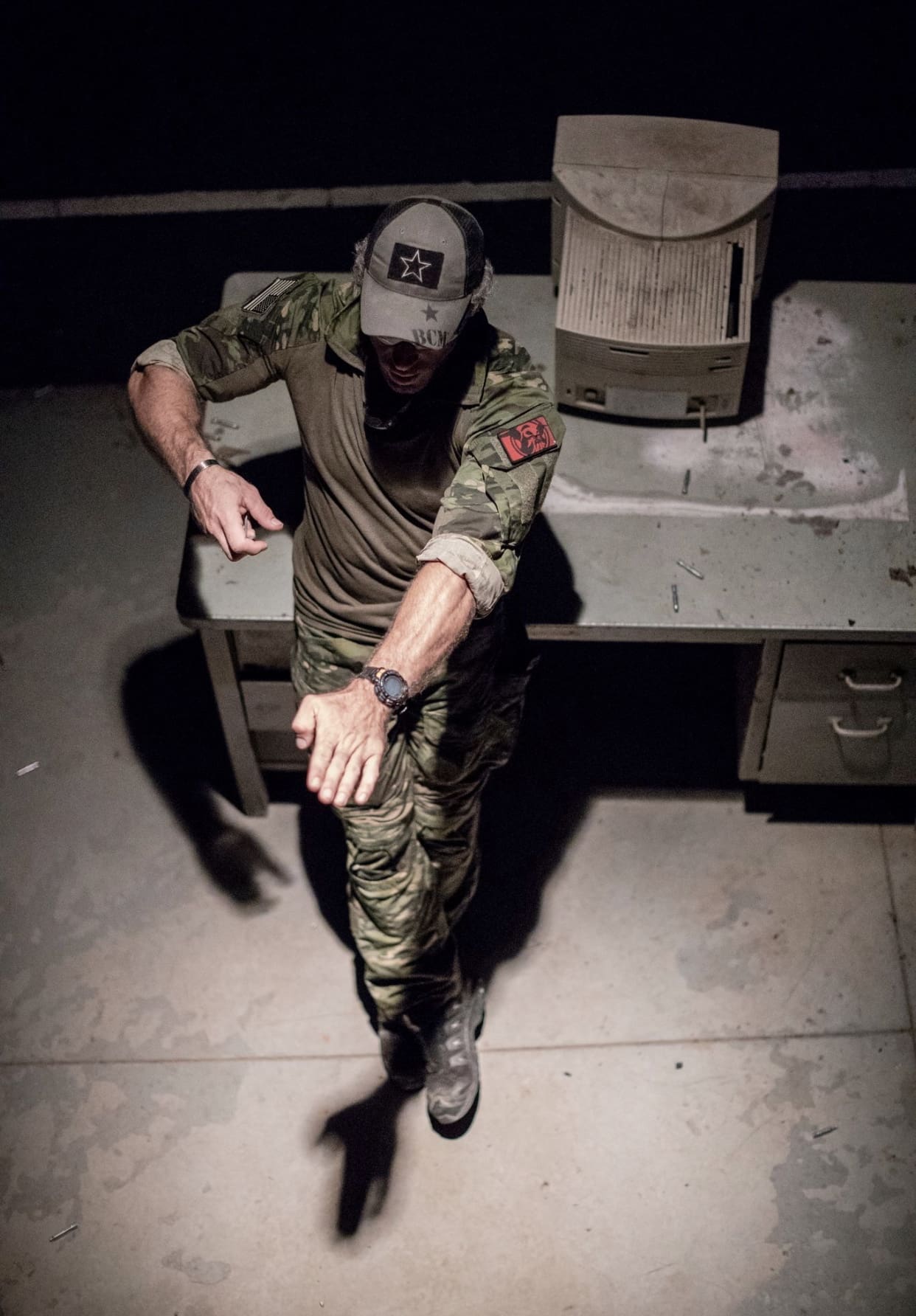
For more articles like this, visit surefire.news
About Zack Harrison:
Zack Harrison served for 10 years within the Special Operations community for the U.S. Army at Fort Bragg, North Carolina. He was a member of Special Operations detachments and an instructor of U.S. Army Green Berets. Before enlisting in the military, Harrison was a history teacher and coach in his hometown of Richmond, Virginia. After being honorably discharged in 2014, he joined Northern Red, LLC.
About Northern Red:
Northern Red is U.S.-based, Service-Disable Veteran Owned Small Business that was founded in 2011 by former U.S. Army Special Operations Veterans and private-sector entrepreneurs. Based in Alton, Virginia, it provides clients with a wide spectrum of services, including the following programs of Instruction: Pistol/Carbine/Designated Marksmanship, Open Air/Small Unit Tactics, Close Quarters Battle, NVG/Laser Marksmanship and tactics, Low-Visibility Operations, Combatives, Team Leader/Planning courses, and Full Mission Profile/Joint Readiness Exercises. For more information, visit NorthernRedTraining.com.
About SureFire:
Since 1979, SureFire, LLC has been the leading manufacturer of suppressors, high-performance flashlights, weapon-mounted lights, and other tactical equipment for those who go in harm’s way or anyone who demands the ultimate in quality, innovation, and performance. SureFire illumination tools are used by more SWAT teams and elite special operations forces than any other brand. SureFire is an ISO 9001:2015-certified company. For more information, visit SUREFIRE.COM.
By Scott Rousseau for SureFire

